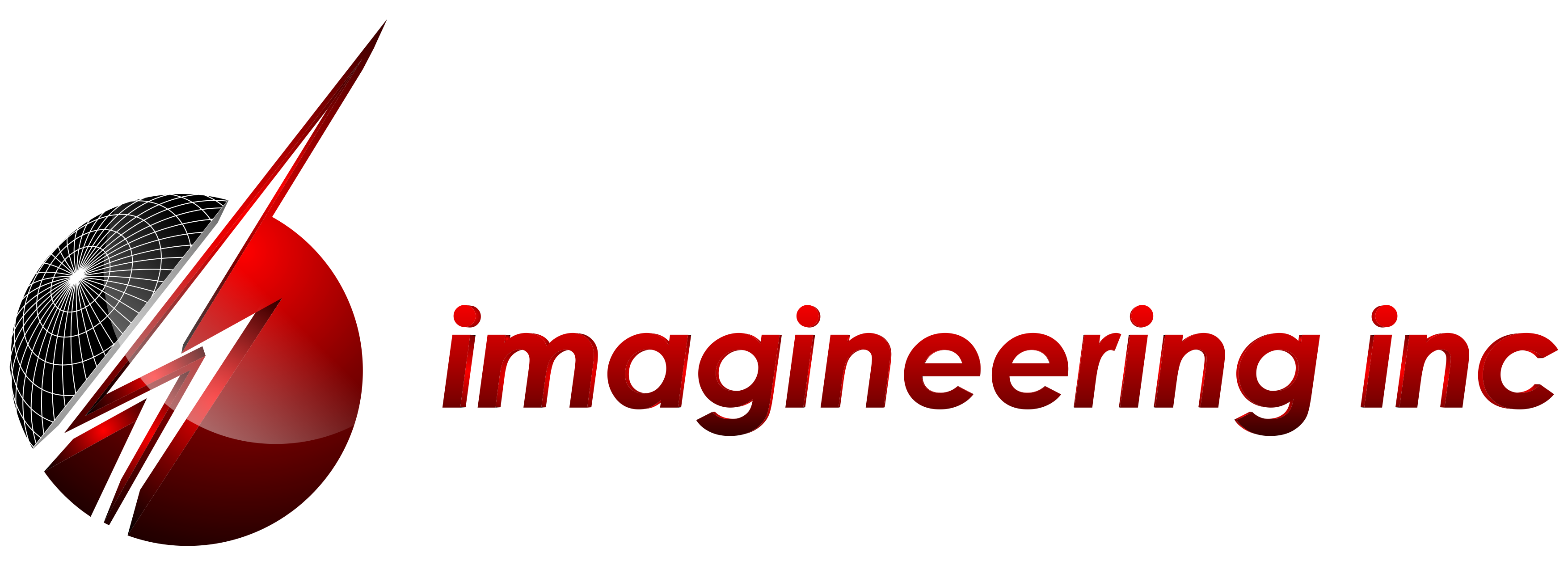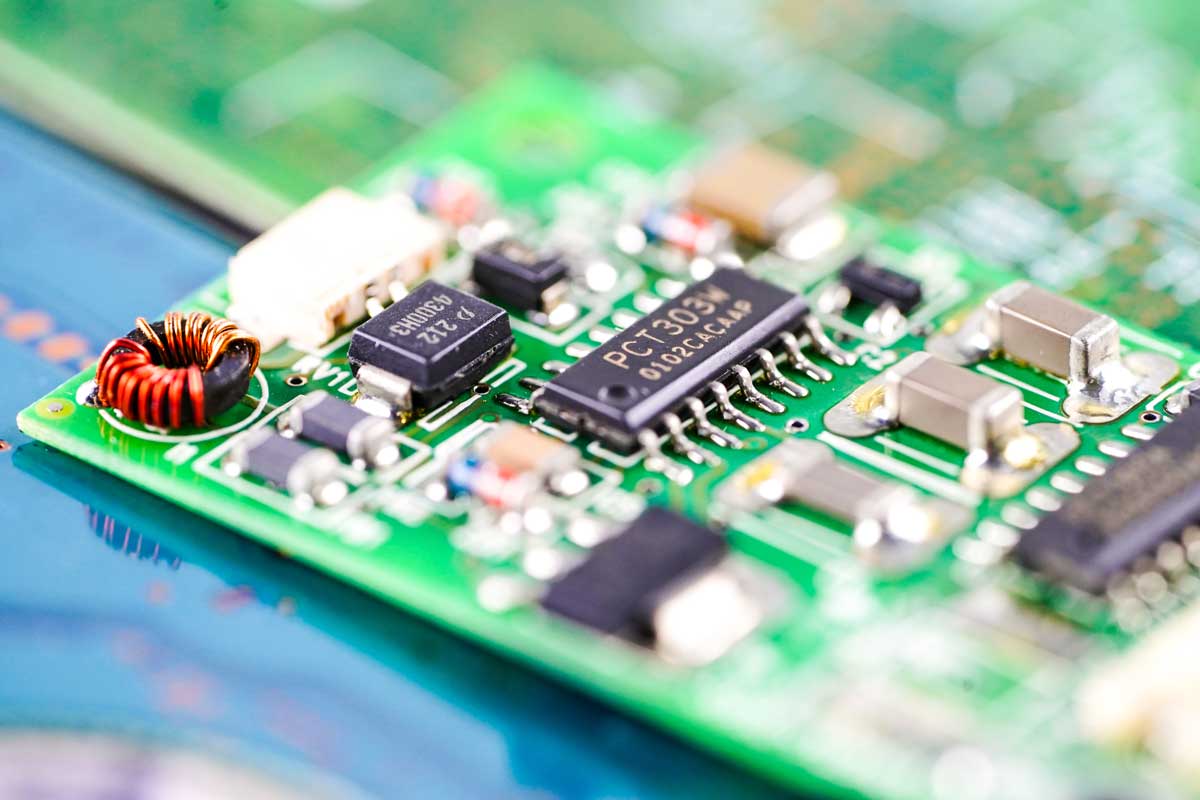PCB assembly isn’t a simple plug-and-play process. Tiny mistakes like misaligned components, weak solder joints, or microscopic defects can turn a perfectly designed board into a malfunctioning mess. In today’s electronics industry, where complexity is skyrocketing and PCBs are present in everything from medical devices to defense equipment, quality control can be a matter of survival.
That’s where PCB inspection comes in. It ensures every connection, joint, and component is exactly where it should be. Far from the old days of manual magnifying glass checks, modern manufacturers rely on automated optical inspection (AOI), 3D solder analysis, precision reflow soldering, and even X-ray imaging to catch and prevent defects before they cause problems.
In this article, we’ll break down why PCB inspection is critical, the cutting-edge methods manufacturers use, and how they guarantee top-tier quality.
Why PCB Inspection is Critical
A single bad solder joint can bring down an entire circuit. A misaligned microchip? That’s a dead device before it even powers on. PCB defects aren’t just inconvenient; they can lead to product failures.
So, what exactly are manufacturers looking for? Common defects include:
- Soldering issues – Cold joints, excess solder, or bridges between pins.
- Component misalignment – Even a fraction of a millimeter off can break a board.
- Electrical faults – Shorts, open circuits, or missing traces due to manufacturing errors.
To catch these problems early, PCB inspection happens in three stages:
- Pre-assembly inspection – Checking component quality, PCB cleanliness, and solder paste application.
- In-process inspection – Identifying defects during assembly before they snowball into bigger issues.
- Post-assembly inspection – Ensuring the final product meets all electrical and visual quality standards.
Without these safeguards, even the most advanced PCB designs are just one invisible defect away from failure. That’s why modern inspection isn’t just about catching mistakes; it’s about preventing them before they happen.
Modern PCB Inspection: Principles, Challenges, and Advanced Solutions
PCB inspection is all about one thing: ensuring every board meets quality and performance standards before it gets deployed in the real world. But in high-speed manufacturing environments, where thousands of intricate components are placed onto boards the size of a credit card, this is easier said than done.
That’s why modern PCB inspection isn’t just a quick check but a multi-layered, technology-driven process.
Challenges in PCB Inspection
Modern PCBs are smaller, denser, and more complex than ever, making inspection a constant challenge. Here are some of manufacturers’ biggest hurdles and how technology solves them.
1. Miniaturization & Component Density
Electronics are shrinking, but the number of components inside them is growing. Today’s PCBs pack:
- Microscopic components that are almost impossible to inspect manually.
- Multi-layer designs where internal defects aren’t visible from the surface.
- Tightly packed circuits where even a slight placement error can cause short circuits or connection failures.
The smaller the components, the harder it is to catch defects with the naked eye. That’s why Automated Optical Inspection (AOI) and X-ray inspection have become essential for modern PCB manufacturing.
2. Soldering Defects & Hidden Faults
Solder joints are one of the most common failure points in PCBs. A weak or inconsistent joint can lead to intermittent failures, poor conductivity, and even total board failure.
Common soldering issues include:
- Cold joints (not enough heat applied during soldering).
- Excess solder (can cause bridging and short circuits).
- Solder voids (air pockets inside joints that weaken connections).
While surface defects can often be caught with traditional AOI, hidden soldering defects require more advanced inspection tools. This is where 3D AOI and X-ray imaging come into play, ensuring that every joint is solid and reliable.
3. Human Error in Manual Inspection
While manual inspection still has its place (especially for low-volume prototypes or specialized boards), it comes with drawbacks:
- Fatigue – Inspecting hundreds of boards per shift can lead to mistakes.
- Inconsistency – No two human inspectors have exactly the same judgment.
- Speed limitations – Humans simply can’t check thousands of boards per hour.
Even with highly trained inspectors, humans aren’t perfect. That’s why AOI systems, like ViTechnology AOI, automate defect detection at blazing speeds with pinpoint accuracy, significantly reducing the need for human oversight.
4. Hidden Internal Defects
Some problems can’t be spotted on the surface. Issues like cracks, voids, and misaligned internal layers. These problems often go unnoticed until the board malfunctions.
For complex boards with Ball Grid Arrays (BGAs) and densely packed layers, X-ray inspection is the only way to detect internal flaws. Without it, manufacturers risk shipping out defective boards that look fine on the outside but fail once in use.
Modern PCB Inspection Methods That Solve These Challenges
To tackle these challenges, manufacturers rely on a combination of advanced inspection technologies.
Automated Optical Inspection (AOI) – Fast, Precise, and Scalable
Automated Optical Inspection (AOI) is the workhorse of modern PCB inspection. It uses high-resolution cameras and AI-driven image processing to scan every board for defects, ensuring nothing gets missed.
- 2D AOI (ViTechnology AOI) quickly detects visible surface defects, such as missing components, solder bridges, or incorrect placements.
- 3D AOI (Kohyoung Zenith Lite) takes it further, analyzing solder joint shape, volume, and height to ensure strong electrical connections.
- Works at high speeds, scanning thousands of boards per hour.
Best for: catching surface-level defects quickly and consistently in high-volume production.
X-ray Inspection – Seeing Beyond the Surface
Not all defects are visible to the naked eye. That’s where X-ray inspection comes in, allowing manufacturers to see inside the PCB and catch hidden flaws.
- Essential for BGA packages, hidden solder joints, and multi-layer boards.
- Detects voids, cracks, and misaligned internal connections that AOI can’t see.
- Slower than AOI but necessary for high-reliability industries like aerospace, medical, and automotive electronics.
Best for: Internal defect detection, especially in complex PCB designs.
Solder Paste Inspection (SPI) – Preventing Defects Before Assembly
A good solder joint starts with proper solder paste application. SPI ensures that the paste is evenly applied, with the correct volume and alignment, before components are placed.
- Uses 3D scanning to check paste height, shape, and consistency.
- Prevents cold joints, weak connections, and solder bridges before they happen.
- Helps ensure a higher first-pass yield by catching errors early.
Best for: Catching solder application errors before they cause bigger issues.
These inspection methods work together to catch and prevent defects before they become costly failures. With high-speed AOI, in-depth X-ray analysis, and precise solder paste inspection, manufacturers can ensure every PCB meets the highest quality standards.
Choose a PCB Assembler that Understands the Importance of PCB Inspection: Imagineering
PCB inspection is the backbone of quality control in electronics manufacturing. From AOI and X-ray imaging to solder paste inspection, modern technologies ensure every board is defect-free before it reaches the end user. These processes catch microscopic issues that could lead to costly failures, making them essential for manufacturers aiming for reliability and performance.
If you’re looking for a PCB assembler that prioritizes precision and quality, Imagineering has the expertise and cutting-edge inspection technology to deliver. Contact Imagineering today to discuss your PCB project and ensure your boards meet the highest standards from assembly to final inspection.

